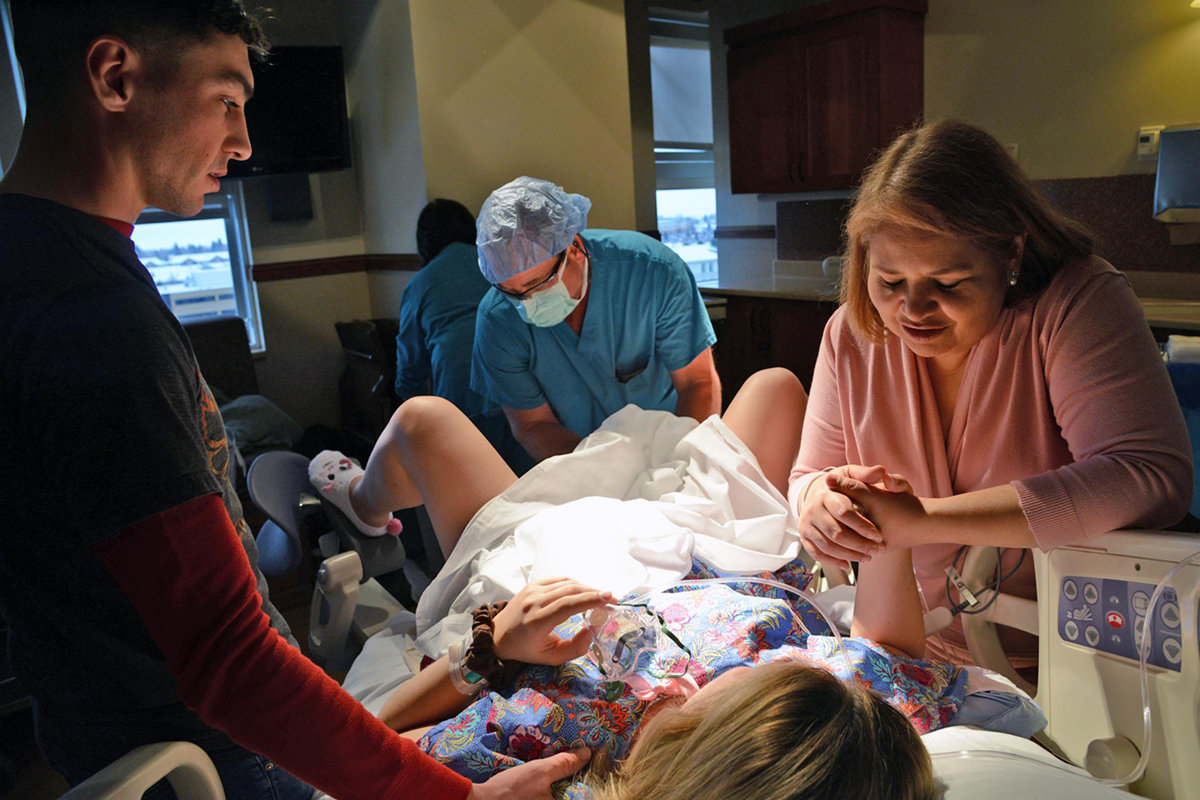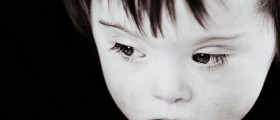The number of children born with some defects increases every year. The causes of defects cannot be boiled down to just one type of medical and health condition. Environment and genetic factors impact the health of a baby. In addition to that, there are a number of diseases and infections that can harm the fetus. Children with defects may be treated, but the number of those disabled for life is bigger. Defects are divided according to the exact cause into those caused by chromosome changes, abnormalities of one gene and those caused by a number of influences.
Causes of defects
The abnormalities of chromosomes affect the development of the fetus and sometimes such abnormalities do not result in embryos. Chromosomes can change, multiply and prevent further fertilization but some may survive. Those that can be carried onto the fetus are trisomy 21, trisomy 13 and trisomy18. trisomy 21 is responsible for developing Down's syndrome, trisomy 18 is liable for Edward's syndrome, and 13 for Patau. Chromosome defects disable the children for life causing a lot of mental disabilities and other difficulties. Many of these children are likely to die at early ages. Down's syndrome is the only that showed greater survival rate. Though rare, Edward's and Patau's syndrome have more severe complications. Children are retarded, unable to eat on their own and are often underdeveloped. More common is Down's syndrome whose health complications vary. The patients with Down syndrome live on average 55 years. Women who got pregnant in their late thirties and after bear more risks of getting a child with Down's syndrome. Late pregnancy is critical for baby's health. Children with Down's syndrome are dependent on their parents or someone else's help for the whole life. They are mentally retarded and are susceptible to heart conditions and leukemia.
Single genes may also be abnormal and passed to the children. Such is dysfunctional PAH enzyme related to the gene on chromosome 12. HEXA gene affects the nervous system and if changed cause Tay-Sach disease, while mutated genes on chromosome 5 Sandhoff. Both of these diseases deteriorate neurons to a great extent.
Environmental factors, called teratogens, together with genetic inheritance and mutations cause neural tube defects that arise in the fetus development. Neural tube later develops into the brain and spinal cord. The brain and the spine is thus underdeveloped due to some drugs and genetic mutations. The baby can be born without a part of brain, consequently will die soon. Babies are also born paralyzed with severe mental problems.
When children are born with slight defects they survive and defects can be treated with medications or with surgery. Such is an example of the cleft lip. Smoking, drinking alcohol or dieting in the pregnancy increases the risks of some defects in a child.


















Your thoughts on this
Loading...